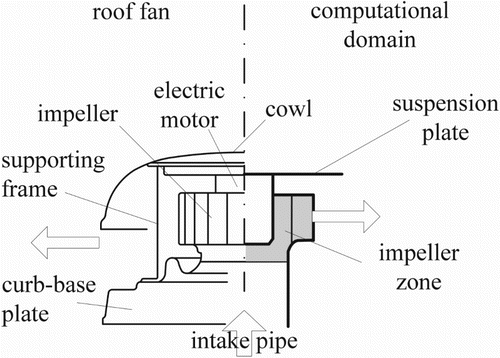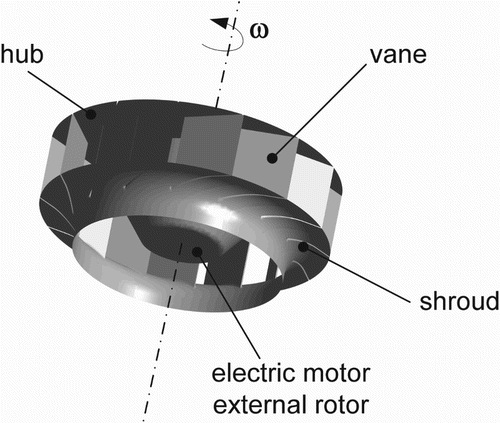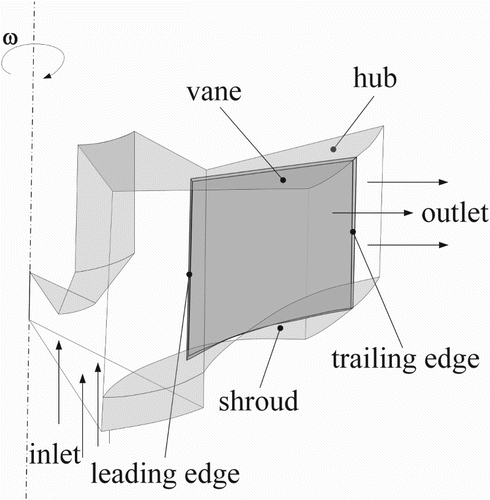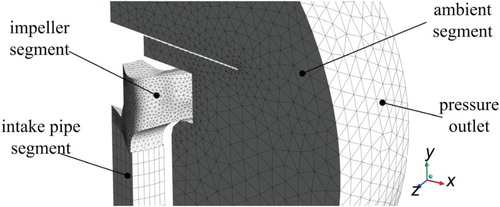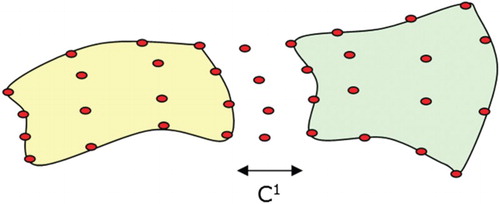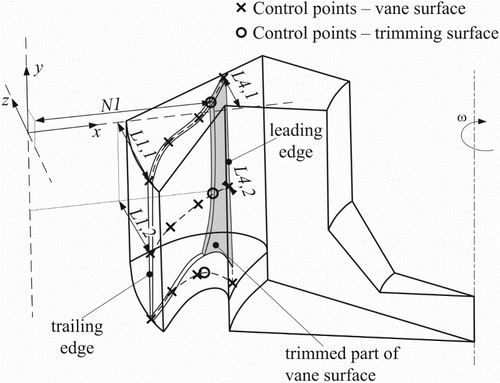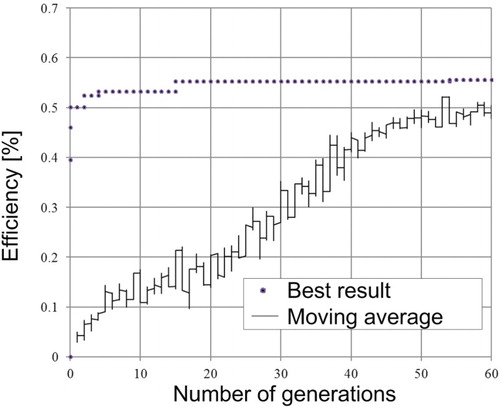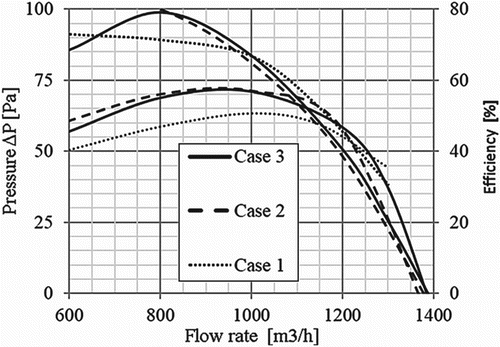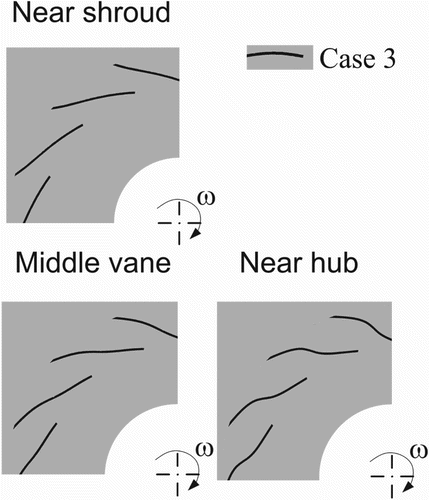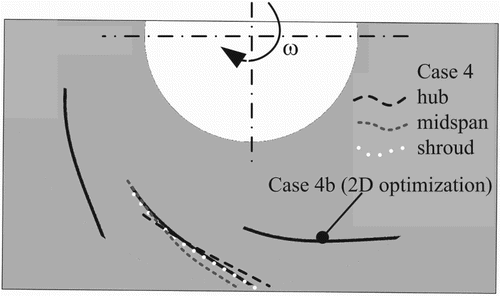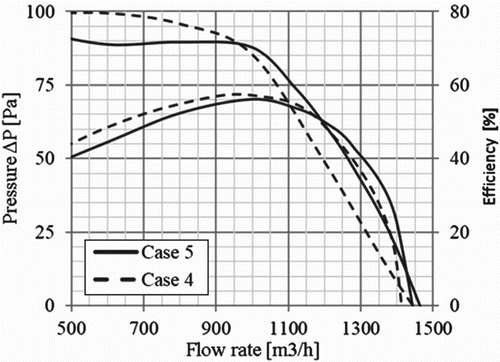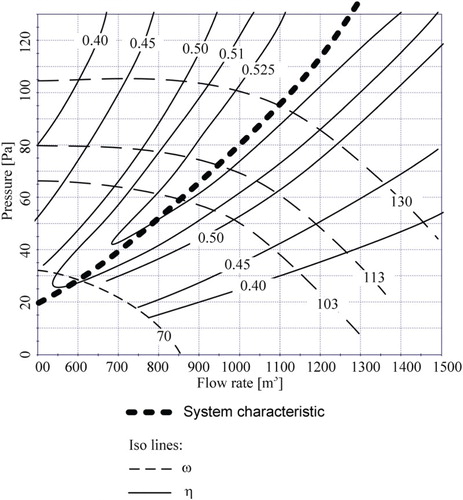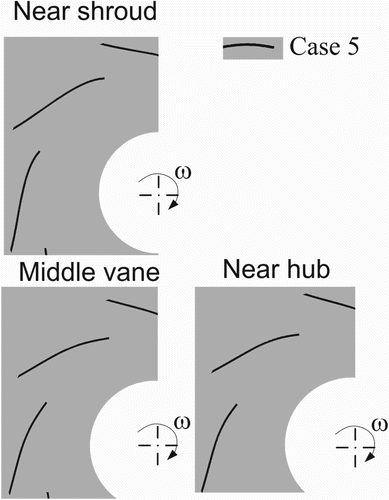Figures & data
Figure 5. Procedure of shape optimization and design synthesis using an evolutionary optimization algorithm and CFD simulation.
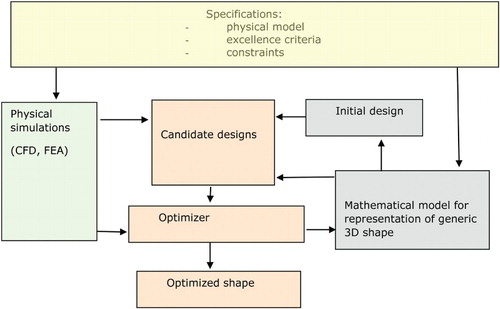
Figure 9. Central surface for the generation of periodic boundaries for parameterization with flexible periodic boundaries.
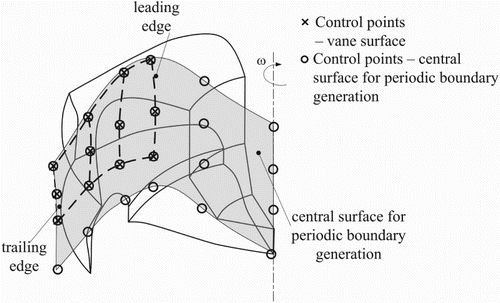
Figure 10. Shape optimization variables in computational workflow.
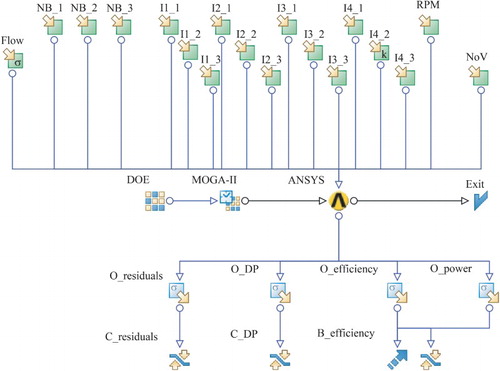
Table 1. Conducted optimization cases for various set of constraints.
Figure 12. Perspective view of Case 4 for solution with: (a) flexible periodic boundaries and (b) rigid periodic boundaries.
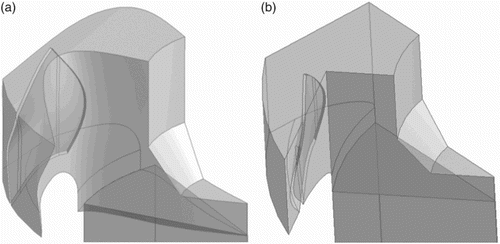
Figure 13. Efficiency characteristics of fan designed using he robust optimization procedure obtained for a model using flexible periodic boundaries and rigid periodic boundaries.
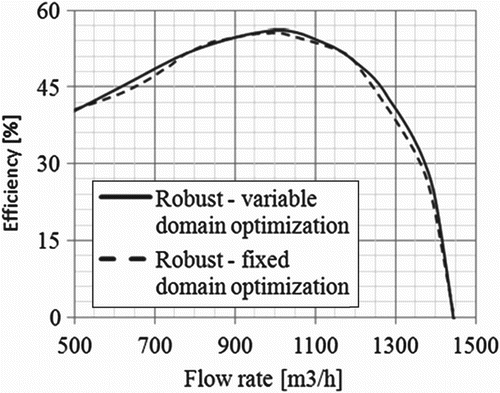
Figure 21. Flow patterns for V = 1000 m3/h: (a) separation of flow in upper part of impeller channel, (b) recirculation region along vane suction side, (c) flow pattern for optimized 3D vane in Case 2, and (d) sectional view of optimized 3D vane (suction side) without separation.
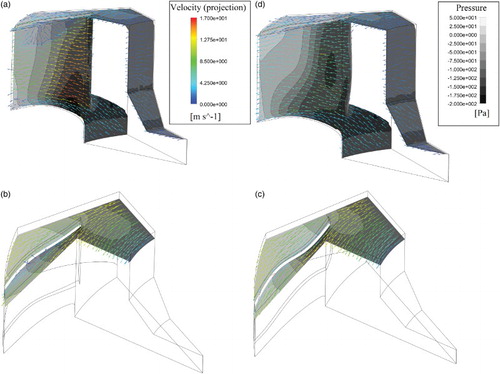
Figure 22. Dipole source strength derived (Ffowcs-Williams & Hawkings, Citation1969) for Case 4 optimized in (a) a rigid domain parameterization and (b) a flexible domain parameterization.
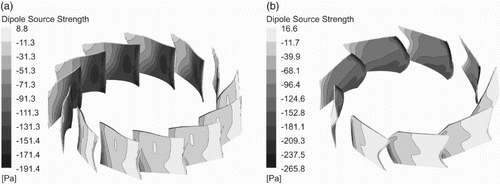
Figure 23. Pareto front obtained by multi-objective optimization for maximum efficiency and minimal noise.
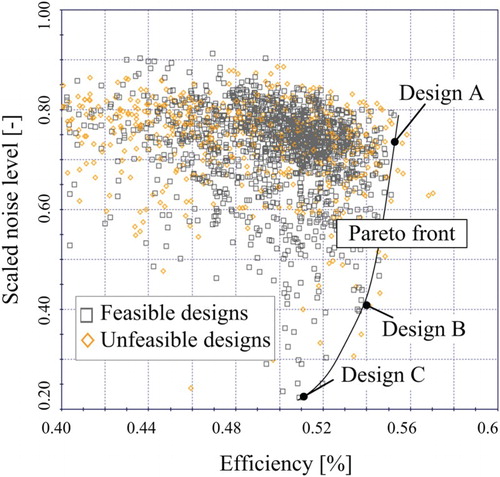
Figure 24. Dipole source strength isometric view of selected designs on the Pareto front from multi-objective optimization.


